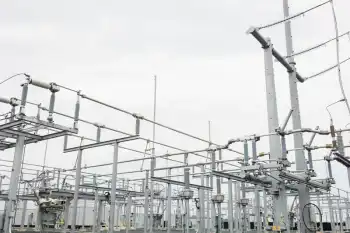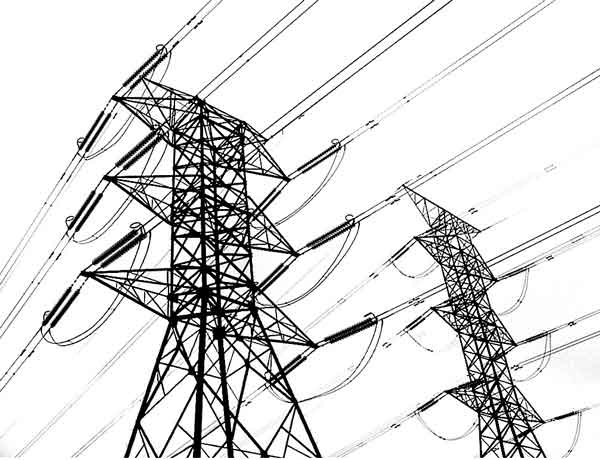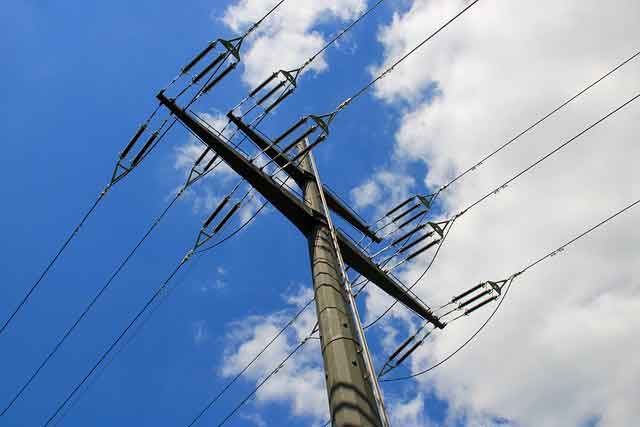CEA Proposes a Bi-National Model for reliable electricity
WASHINGTON - - In a paper released recently at the Canadian Embassy in Washington, the Canadian Electricity Association (CEA) recommended a number of measures to enhance electric reliability in North America.
Issues such as aging infrastructures, lack of new build in generation and transmission to meet demand, and growing regulatory pressures have placed a significant stress on the reliability of the grid are covered.
Given the interconnected nature of the system, CEA said measures taken to respond to threats in reliability should be, wherever possible, bi-national in scope. CEA President and CEO Hans Konow said, "the reliability of the electricity system is a fundamental international concern and cannot be properly addressed without the full engagement and cooperation of both Canada and the United States. Anything less could impede future cross- border trade and, more significantly, undermine the very reliability we all seek to guarantee."
In its paper, CEA proposes seven specific measures for the consideration of all stakeholders:
1) Support an open debate on all of the supply options available to meet the growing demand for electricity in North America.
2) Encourage bi-national cooperation on the construction of new transmission capacity to ensure a reliable electricity system for Canadian and U.S. ratepayers.
3) Explore opportunities for bi-national cooperation for both investment in advanced transmission technologies and transmission R&D.
4) Promote new generation technology and demand-side measures to relieve existing transmission constraints and reduce the need for new transmission facilities.
5) Endorse a self-governing international organization for developing and enforcing mandatory reliability standards for the evolving electricity industry.
6) Coordinate measures to promote critical infrastructure protection.
7) Harmonize U.S. and Canadian efforts to streamline or clarify regulation of electricity markets.
"The integrated North American electricity market is a testament to the extraordinarily cooperative working relationship between Canada and the United States," Konow said. "Electricity knows no borders, and managing it in our mutual interest is a common goal."
The paper is available on CEA's Web site at www.canelect.ca
CEA is the national association of the Canadian electricity industry. Its members produce 95 per cent of Canada's electricity.
Related News

Analysis: Why is Ontario’s electricity about to get dirtier?
TORONTO - Ontario's energy grid is among the cleanest in North America — but the province’s nuclear plans mean that some of our progress will be reversed over the next decade.
What was once Canada’s largest single source of greenhouse-gas emissions is now a solar-power plant. The Nanticoke Generating Station, a coal-fired power plant in Haldimand County, was decommissioned in stages from 2010 to 2013 — and even before the last remaining structures were demolished earlier this year, Ontario Power Generation had replaced its nearly 4,000 megawatts with a 44-megawatt solar project in partnership with the Six Nations of the Grand River…




